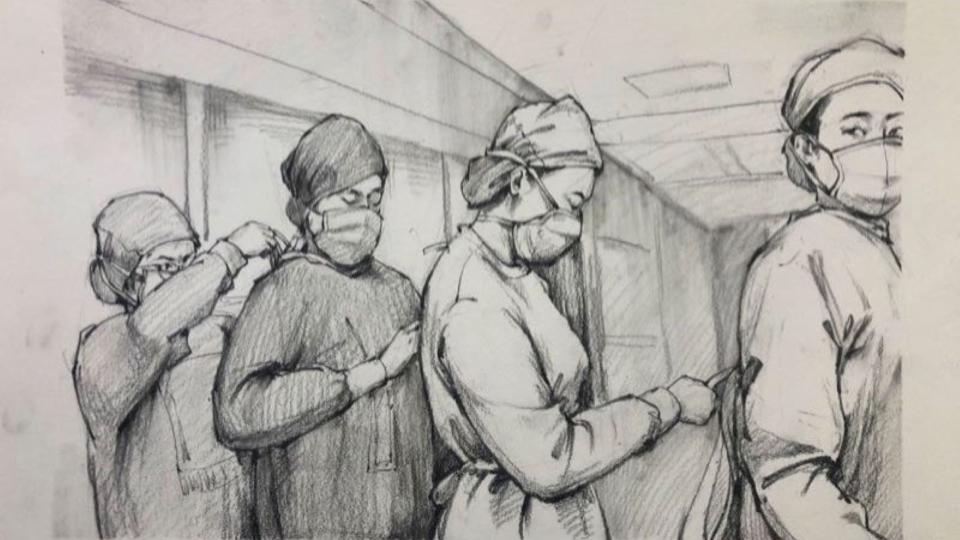More than 600 nurses die from COVID-19 worldwide

ICN implores governments to collect accurate data on nurse infections and deaths and act to protect their health and save lives
The International Council of Nurses (ICN) is again calling on governments to record the number of infections and deaths among healthcare staff, and take whatever measures are needed to protect nurses from COVID-19.
Worldwide, there is no systematic and standardised record of the number of nurses and healthcare workers (HCWs) who have contracted the disease or died from it.
But ICN’s analysis, based on data from our National Nursing Associations, official figures and media reports from a limited number of countries, indicates that more than 230,000 HCWs have contracted the disease, and more than 600 nurses have now died from the virus.
ICN CEO Howard Catton said:
“For weeks now we have been asking for data about infections and deaths among nurses to be collected. We need a central database of reliable, standardised, comparable data on all infections, periods of quarantine and deaths that are directly or indirectly related COVID-19. Countries need clear reporting and monitoring mechanisms, and they should also include incidents of psychological, sexual and physical violence against healthcare workers.
‘Without this data we do not know the true cost of COVID-19, and that will make us less able to tackle other pandemics in the future. Florence Nightingale knew the importance of data in the fight against disease, and its lack in this case is potentially costing the lives of many nurses, devastating their families, and cutting off their careers in their prime. This must not be allowed to continue and ICN demands that action is taken now to put this situation right.”
ICN’s analysis shows that on average 7% of all Covid-19 cases worldwide are among HCWs, which means that nurses and other staff are at great personal risk, and so are the patients they care for.
Extrapolating ICN’s 7% figure to cover all the world’s countries means that around 450,000 of the world’s over six million cases could be among HCWs.
The proportion of infected people who are HCWs varies widely between countries. However, many countries are not recording this data, which makes meaningful international comparisons extremely challenging.
The figures, although partial and preliminary, raise a number of questions that could be answered if all countries kept comprehensive standardised data, and if these were collated centrally on a global scale.
These include:
- What contributes to the variation of HCW infection rates between countries with a range between 1% in Singapore and more than 30% in Ireland?
- Why are some countries that have high numbers of cases recording low numbers of deaths among HCWs? For example, Germany and Spain.
- Why do the rates of deaths among nurses appear higher in some Latin American countries?
- Why are some countries reporting disproportionate deaths among black, Asian and minority ethnic HCWs? This is an issue raised directly by the Philippine Nurses Association to ICN, concerning Filipino HCWs in the UK.
- How do HCW infection rates vary between different clinical settings, such as hospitals and long-term care facilities such as care homes?
ICN Chief Executive Officer Howard Catton said:
“Nursing is looking like one of the most dangerous jobs in the world at the moment. We need to get this data for every country and work out exactly what is going on that explains the variations that are evident with even a cursory glance at the figures. Only then will we be able to learn how best to keep our nurses safe and prevent any repeat of these terrible statistics in the future.”
Download the press release here.
Image credit: Gu Jinghan